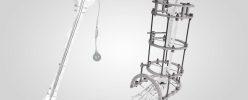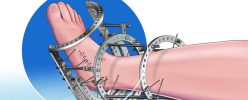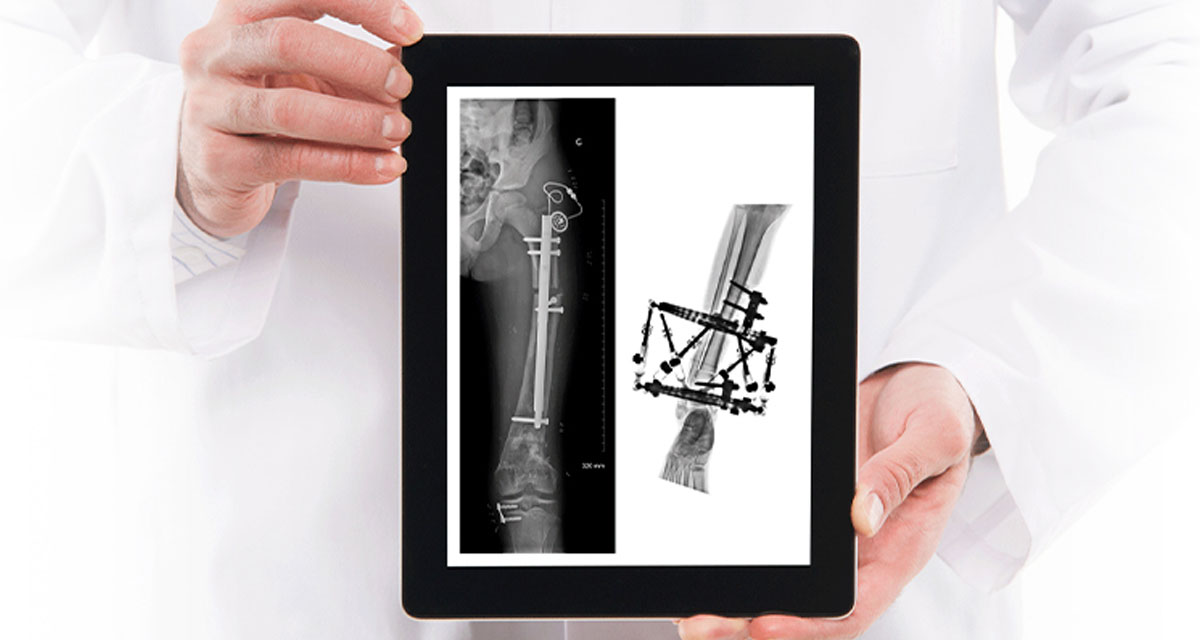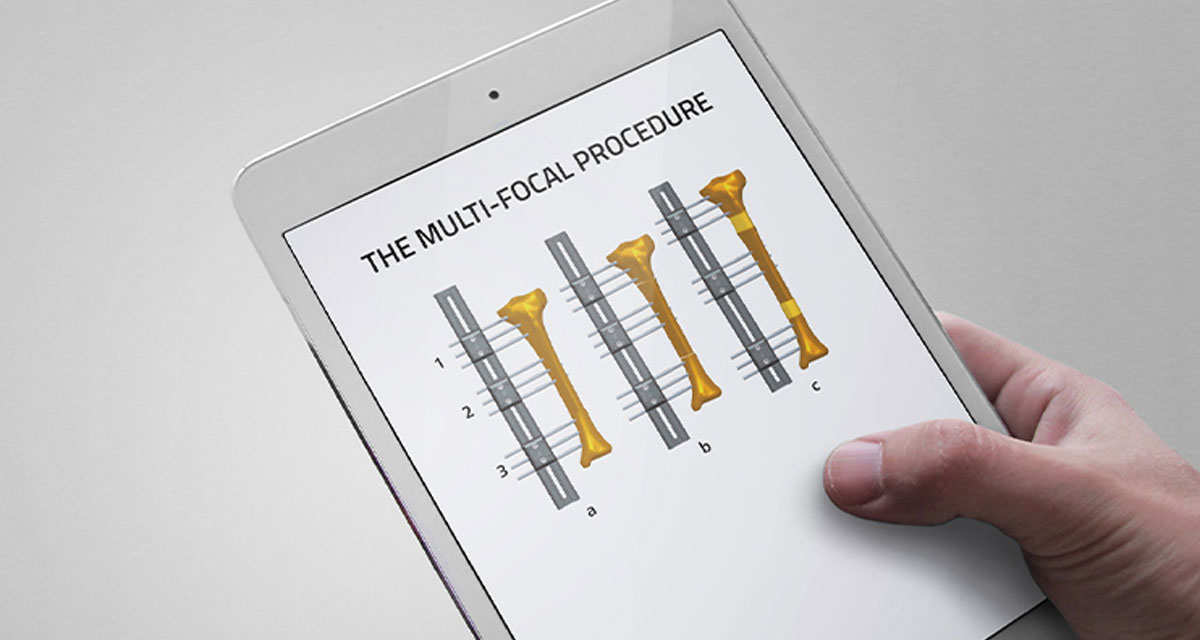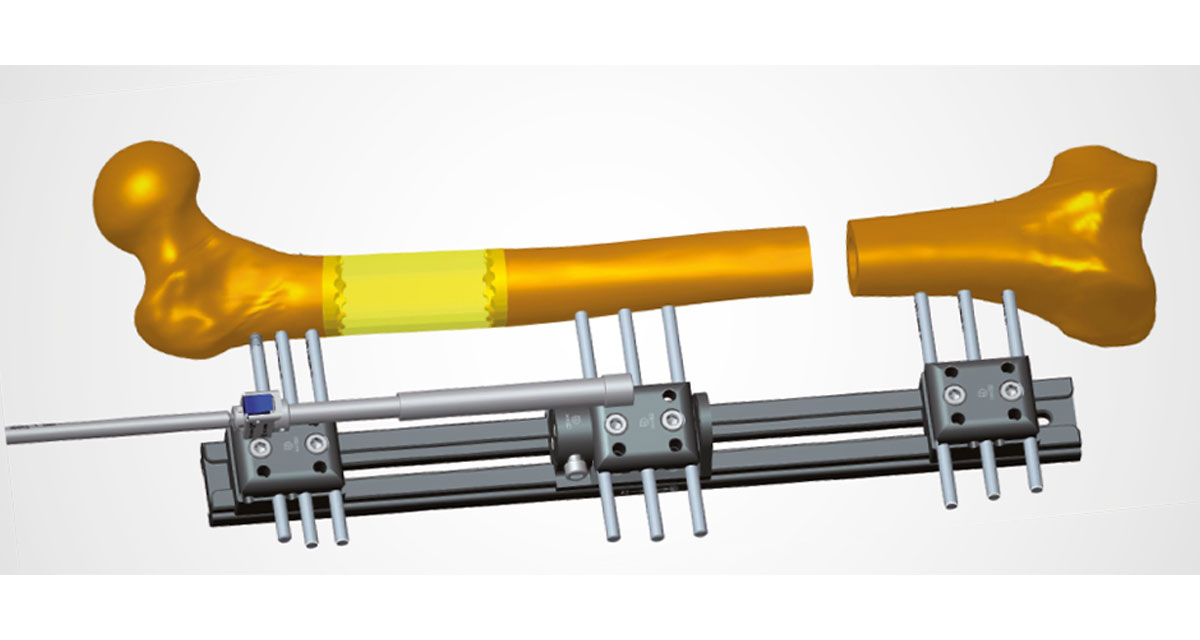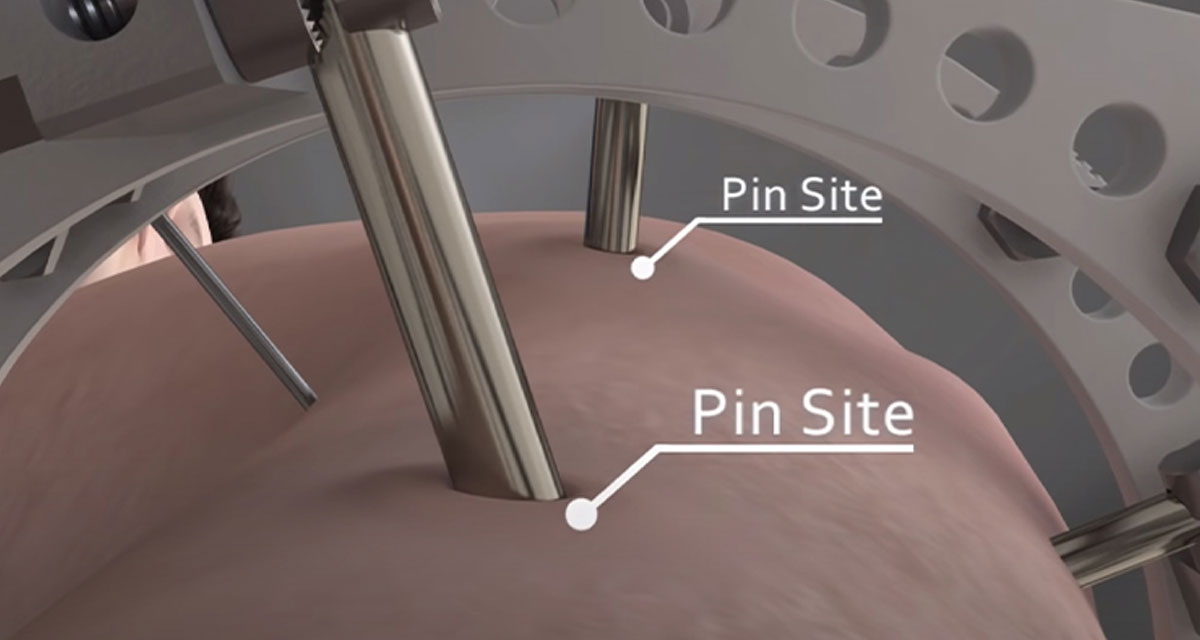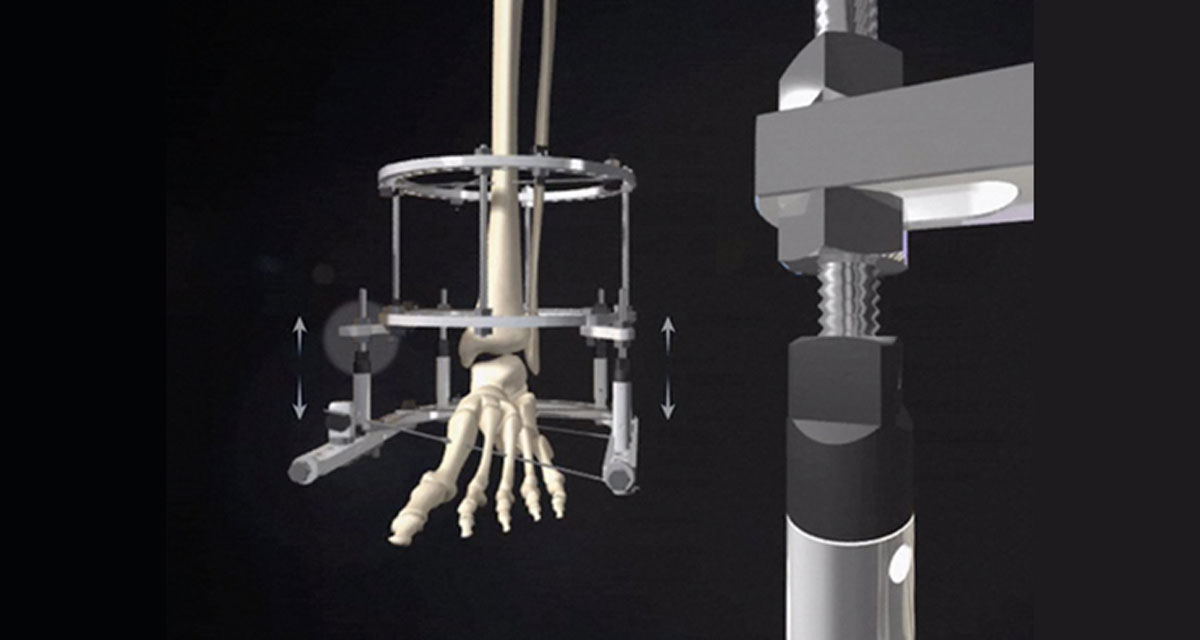A child may need the help of a pediatric orthopedic surgeon for many reasons: musculoskeletal injuries caused by playing a sport, jumping, climbing or cycling, and conditions that have to be treated by a specialized team. In addition to several pediatric solutions and a deep knowledge within the orthopedic surgical field, Orthofix offers a complete and effective treatment philosophy.
Read More

